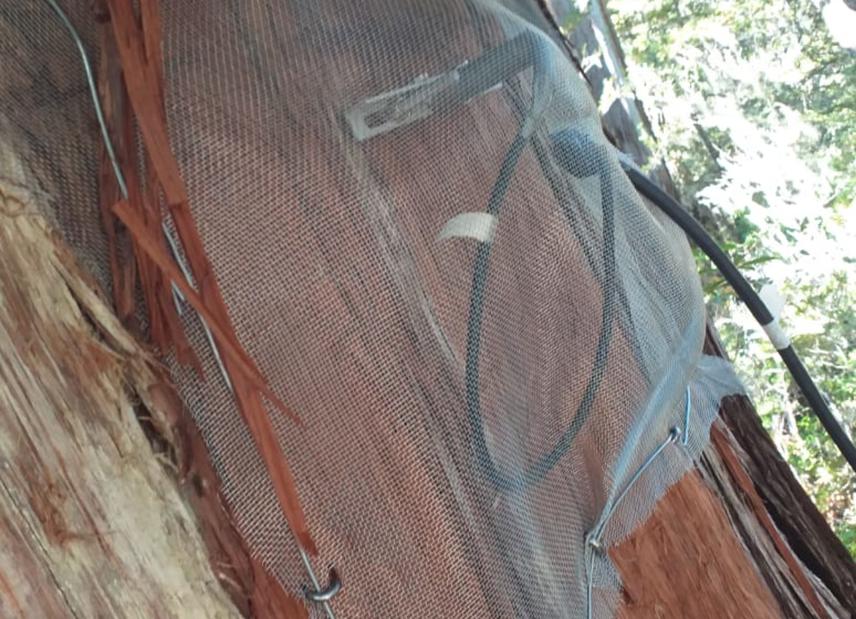Lucas Bianchi
The endangered Fitzroya cupressoides (IUCN 2001) is a millennial, emblematic species from the rainy Patagonian forest suitable for tree-ring analyses. The aim of this project is to conduct a multi-year study intended to determine the F. cupressoides growth responses to variations in the hydroclimate (precipitation, temperature, soil moisture) at different temporal scales (daily to seasonal). This information will facilitate the evaluation of potential impacts on the growth of F. cupressoides associated with future scenarios of climate change proposed for the region, helping in the elaboration of management recommendations and conservation plans for this iconic species from the Patagonian rainforest.

Fitzroya cupressoides (Alerce patagónico) is considered the largest tree species in South America, growing more than 35 meters in height and 5 meters in trunk diameter. Some individuals reach ages of more than 3,622 years, making it the second oldest tree species in the world. Most scientific work relating F. cupressoides and climate is limited to traditional dendroclimatological studies with annual resolution. Although it has proven to be suitable of climate reconstructions at annual, centennial and millennial scales, information on radial growth of F. cupressoides at daily and seasonal resolution is not yet available on the eastern slopes of the Patagonian Andes.
With this project I want to fill this knowledge gap. Therefore, the main objective is to conduct a two-year field study to determine daily, seasonally and annually resolved relationships between F. cupressoides growth and several hydroclimatic variables, including precipitation, air temperature, relative humidity, solar radiation, soil moisture and temperature, barometric pressure, and wind speed. The data collected will allow us to relate in a very precise manner the changes in the rhythm of growth of Alerce patagónico associated with the different meteorological conditions registered throughout two complete growing seasons, providing useful information to anticipate different aspects of the response of this endangered species and the ecosystems surrounding it to the future climate change scenarios. Besides, this project will be the first step in a long-term study of the relationships between climatic factors and stem growth at short temporal scales. The results obtained during this studies will contribute to make management decisions and generate new conservation strategies for the species considering future climate change scenarios.